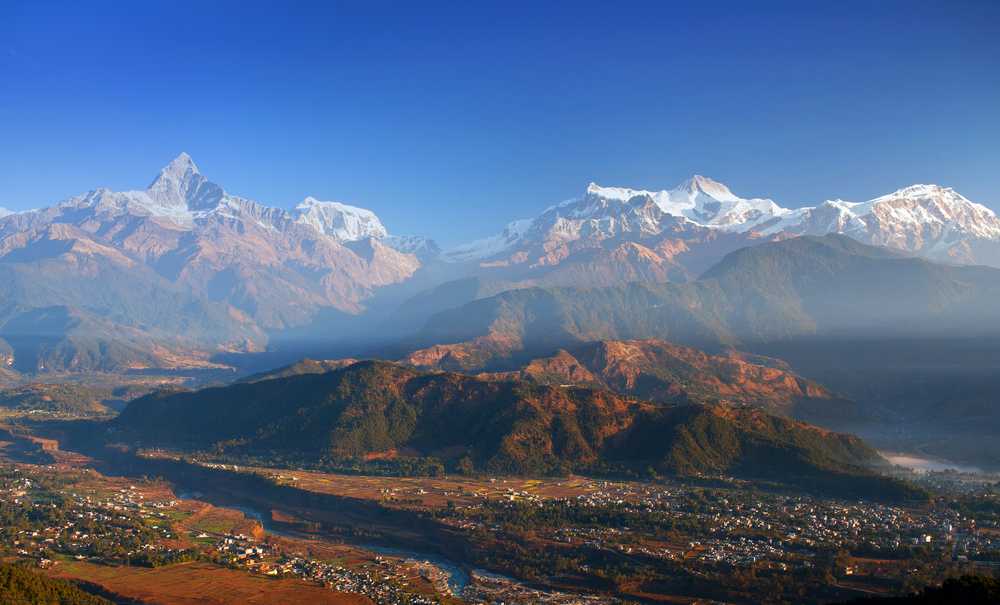

Perched on a mountainside ridge, Sarangkot is a popular tourist destination overlooking the city of Pokhara and the Phewa Lake in Nepal. Renowned for its breathtaking panoramic views of the Himalayas, including Annapurna, Machhapuchhre, and Dhaulagiri, Sarangkot has drawn visitors since the inception of tourism in Nepal.
The history of tourism in Sarangkot is intrinsically linked to the development of tourism in Pokhara. In the 1950s and 1960s, as Nepal opened its doors to foreigners, Pokhara started gaining popularity among travelers due to its natural beauty and proximity to the Annapurna mountain range. Initially, the area was a crucial transit point for trekking expeditions and adventurers drawn to the Annapurna Circuit.
In the following decades, Sarangkot established itself as a must-visit spot for sunrise and sunset admirers, as well as paragliders. With the growing infrastructure and better road accessibility, more lodging options sprouted, catering to the diverse range of tourists who flocked to the area. The construction of view towers and the launch of tandem paragliding services further cemented its place on the tourist map.
By the early 2000s, Sarangkot had become synonymous with paragliding in Nepal. Offering some of the best thermal conditions and safest flying environments, it attracted thrill-seekers and paragliding enthusiasts from around the world, boosting the local economy and creating jobs for the local population.
In recent years, sustainable and responsible tourism has gained prominence in Sarangkot. There is an emphasis on preserving the natural beauty and cultural significance of the area while still providing visitors with an enriching experience. The introduction of eco-friendly lodges and the promotion of community-based tourism are reflective of this trend.
Moreover, adventure tourism continues to grow with activities such as zip-lining and mountain biking complementing the established paragliding industry. The local authorities and tourism operators are increasingly focused on improving safety standards and enhancing visitor experiences to maintain Sarangkot's popularity in the face of growing competition from other destinations.
Like many tourist destinations, Sarangkot faces challenges such as environmental pressures and the need to manage the impact of tourism on the local culture. Nonetheless, with careful planning and the involvement of the local community, Sarangkot continues to offer visitors a vibrant mix of nature, adventure, and culture.
As tourism evolves globally, Sarangkot remains poised to adapt and thrive, ensuring that it will continue to be a jewel in Nepal's tourism crown for years to come.